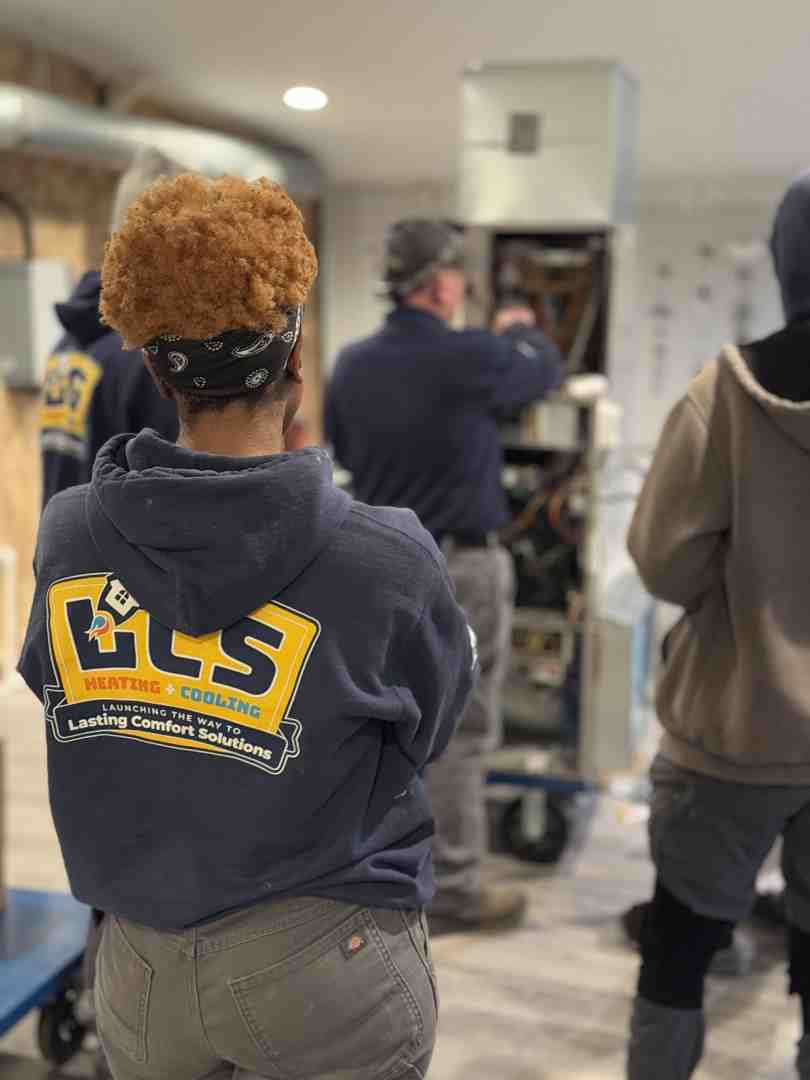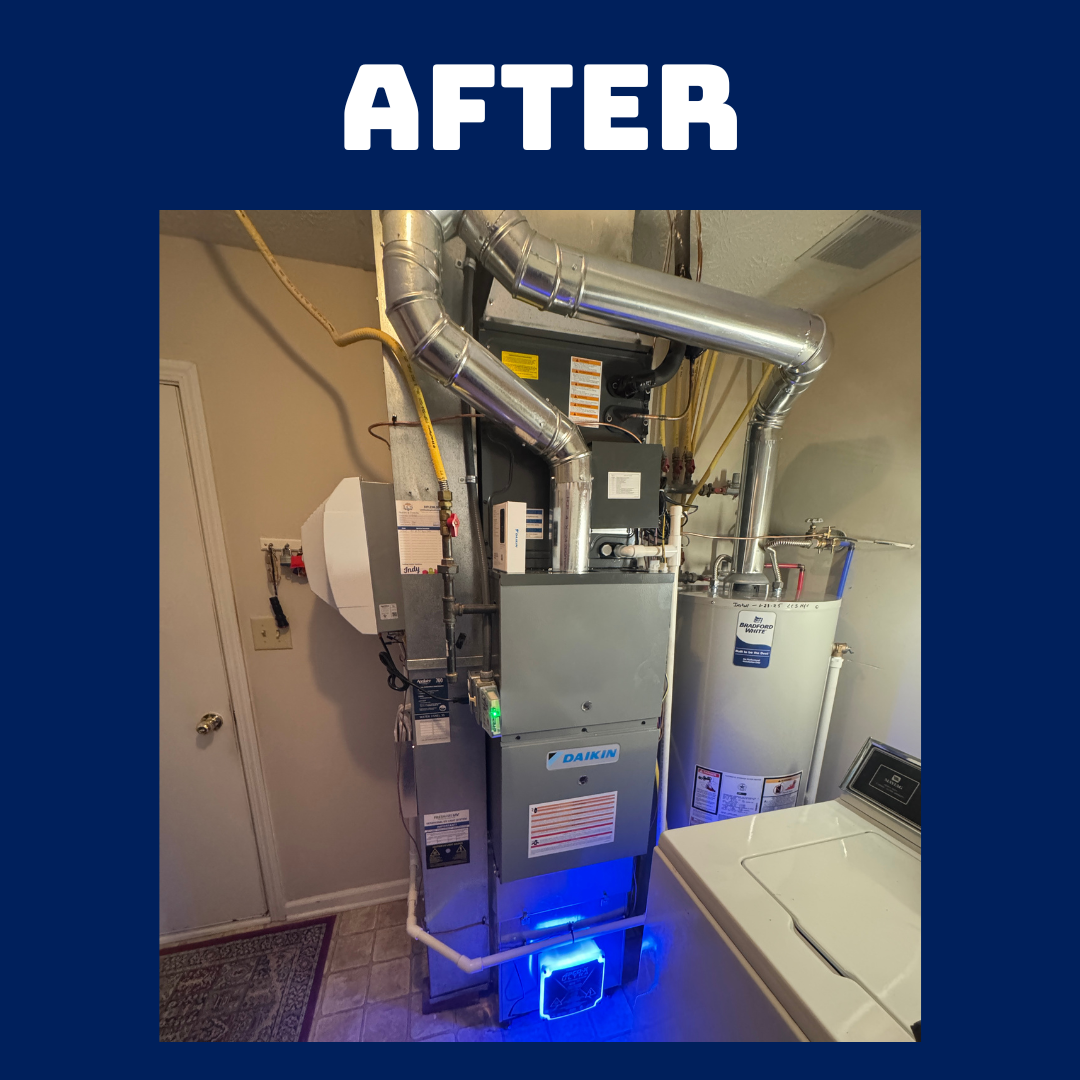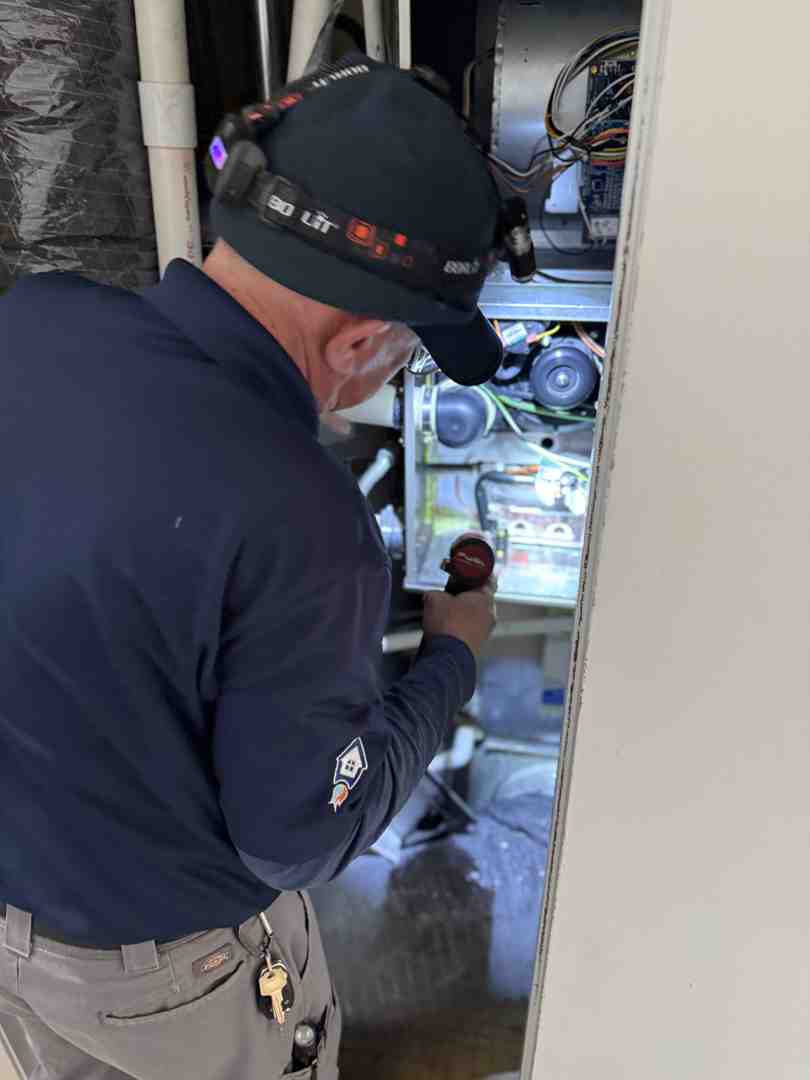9 HVAC Terms Every Homeowner Needs To Know
Talk with any industry expert, and they probably know some funny lingo that’s hard for “outsiders” to follow. In the HVAC world, this can be really frustrating—especially when you’re trying to make an informed decision. That’s where LCS Heating & Cooling comes in. We’re all about taking the mystery out of your systems and repairs! For starters, it’s good to review what HVAC itself even refers to! The acronym is a mash-up of Heating, Ventilation, and Air Conditioning. Together, these systems are what keep your indoor environment comfy year-round. If you need a refresher on the most common HVAC terms and why the parts matter, just skim through this post. (We promise to keep it simple.)
9 HVAC Terms to Know
At LCS, the solutions we design for your home are meant to provide you with “lasting comfort solutions.” Of course, these HVAC solutions will always change from home to home and between families. That’s why it’s important for us to have a variety of offerings that address specific struggles or concerns.
- Indoor Air Quality (IAQ): Most people think of air pollution as just an outdoor problem, but it can also be a major issue indoors. When we talk about systems for indoor air quality (or IAQ for short), the focus is on filtration. Getting rid of lingering odors is only the beginning. The latest air cleaners also work to remove bacteria and dust mites, so you get honestly fresh air—that isn’t masked by perfumes or other chemicals.
- Heat Pump: These nifty units can help keep your home comfortable through every season! Like air conditioners, these systems are located outside. As the name suggests, a heat pump works to move heat. When it’s hot outside, the heat pump will pull warm air out of your home and push it outside. In the colder months, it helps circulate heat throughout your home by drawing in warm air from outside. (Because even in really cold temperatures, there’s still some amount of heat in air that’s above absolute zero, or -273.15 degrees Celsius!)
- Compressor: The AC (or heat pump) compressor is what circulates your unit’s refrigerant. The refrigerant liquid then absorbs or releases heat to make your home comfortable. Compressors can either work in a single-stage or two-stage cooling setup. Single-stage cooling is the most common, but two-stage comes in handy if you need extra humidity control or a better efficiency rating. Plus, two-stage compressors also aid in noise reduction.
- Evaporator Coil: The evaporator coil is located indoors, inside the furnace. It holds the cold refrigerant in your air conditioner or heat pump. When hot air blows over the evaporator coil, the refrigerant warms up and turns into gas. This helps removes that heat from your indoor air, making your home cooler. Heat pumps also use evaporator coils in the wintertime. But then, the process goes into reverse. Instead of sending heat outdoors, it draws warm air into your home.
- Condenser Coil: Air conditioners and heat pumps use condenser coils to either collect heat or release heat. First, the gaseous refrigerant runs from the evaporator coil to the condenser coil, where it returns to its liquid state. Then, the AC or heat pump fans blow over the condenser coil to either heat or cool your home, depending on what you need.
- Whole-Home Humidifier: During the dry, winter months, whole-home humidifiers can really help boost your home’s cozy factor. By adding a touch of moisture back to your indoor air, humidifiers help create balance. When your air is too dry, it’s easy to get static and dry coughs and cracked skin. These whole-house systems are great because they work with your ductwork to reach every room. And unlike portable units, you don’t have to worry about adding or changing the water—the system knows how to take care of everything for you.
- Whole-Home Dehumidifier: A dehumidifier works in the opposite way of a humidifier. Instead of adding moisture to your air, these units work to remove humidity indoors. It’s a perfect solution for Indiana weather because sometimes the humidity is high even when it’s not hot outside! And when the temperature isn’t that high, the air conditioner doesn’t run long enough to remove humidity—only a dehumidifier can. So, whether it’s spring, summer, or fall, having a whole-home dehumidifier is a great way to keep your home from feeling too sticky or too dry. What you’re left with is just crisp, clean air.
- Heat Exchanger: Heat exchangers are found in gas furnaces only. Because that’s where combustion takes place, they basically do the bulk of the work inside your gas furnace. The heat exchanger pulls air into the unit and then transfers heat to warm it up. Once the air is nice and toasty, the blower motor distributes the air throughout your house via the ductwork. Without a functional heat exchanger, your furnace won’t be able to raise the temperature to a comfortable setting during the colder months.
- Whole-Home Zoning: If your upstairs level is way hotter than downstairs, your home might be a good candidate for whole-home zoning. These setups designate specific areas in your home that get heated or cooled independently. That way, your system doesn’t have to struggle to correct the temperature in every room. By setting a limit on where it runs, you only use energy for the places you really need your unit to run.
HVAC Repairs for Central Indiana
It’s easier to know what’s going on when you understand the terms and process and “WHY” behind each HVAC decision. At LCS Heating & Cooling, we do everything we can to educate you about the equipment in your business or home. After all, a big part of having lasting comfort solutions is understanding what they are! Frustrated with a touchy thermostat? Not sure why your unit is making that weird, rattling noise? Our team is here to help. We’ll walk you through the problem and always do our best to make sure you’re informed every step of the way. For great year-round service, check out our Residential Energy Savings Plan. These regular check-ins will make sure all the major features of your HVAC equipment are running smoothly. Call us to get scheduled before the frost sets in. We look forward to serving you!


